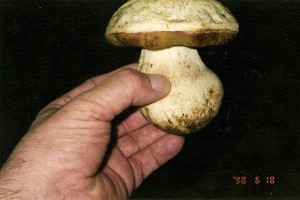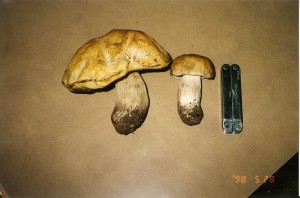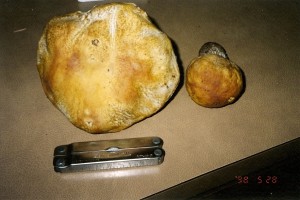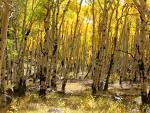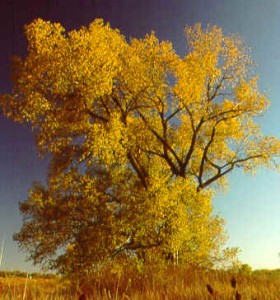The Conifer Coral, Hercium abeitis, grows on pines and would be a good candidate for inoculating pine stumps.
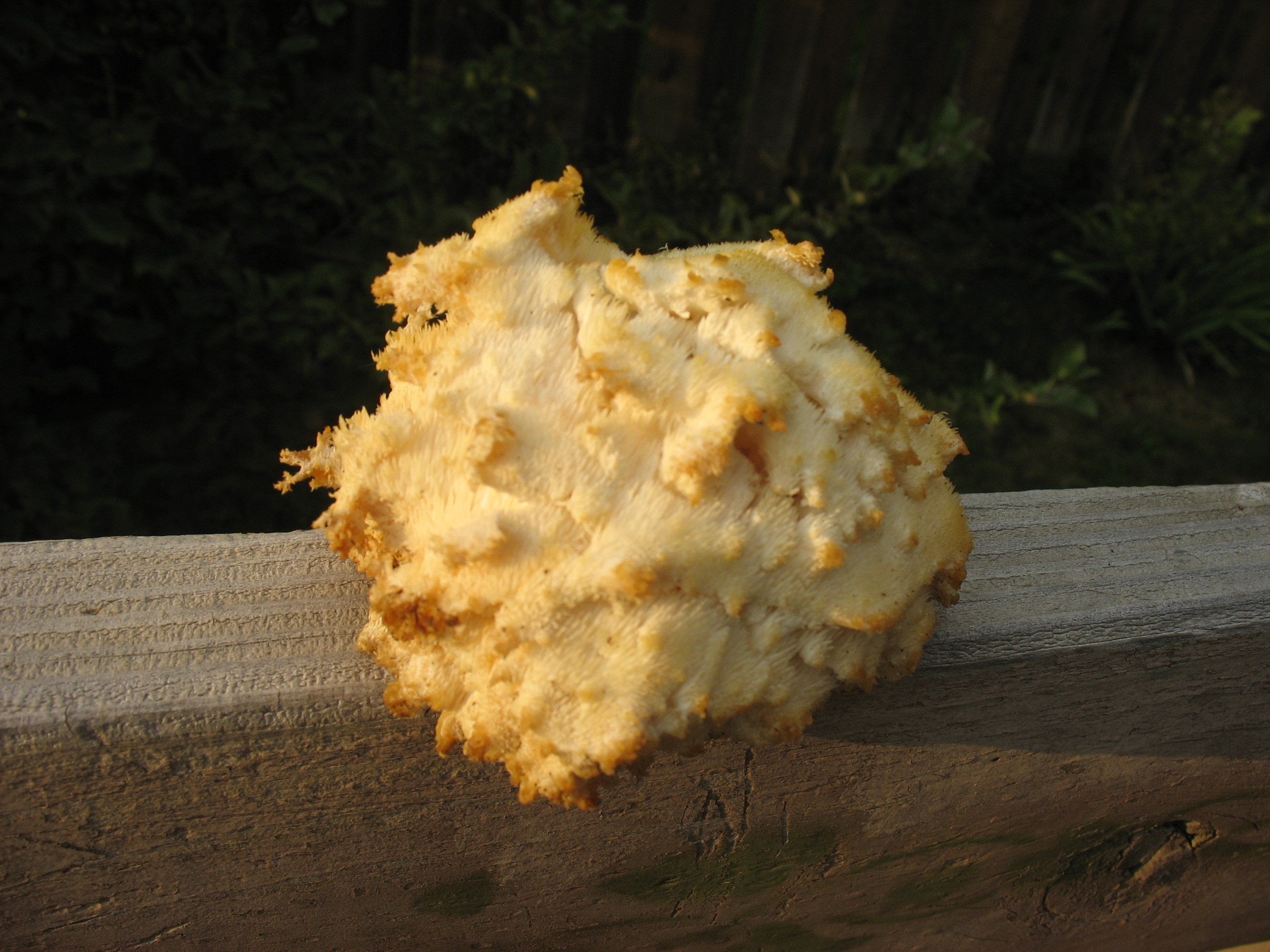
I have seen this mushroom growing from partially submerged logs. The fact that it enjoys this habitiat leads me to believe it would be happy growing from stumps. Literature from places that sell plug spawn for this mushroom (Fungi Perfecti) support the theory.
The Conifer Coral is from the Hericium family and is related to the Lions Mane which is a beatutiful mushroom also. They are both choice edibles and are easy to prepare.
I am going to spread this mushroom around to some pine stumps this year. There are plenty to inoculate with the pine beetle kill. I encourage you to do the same.

